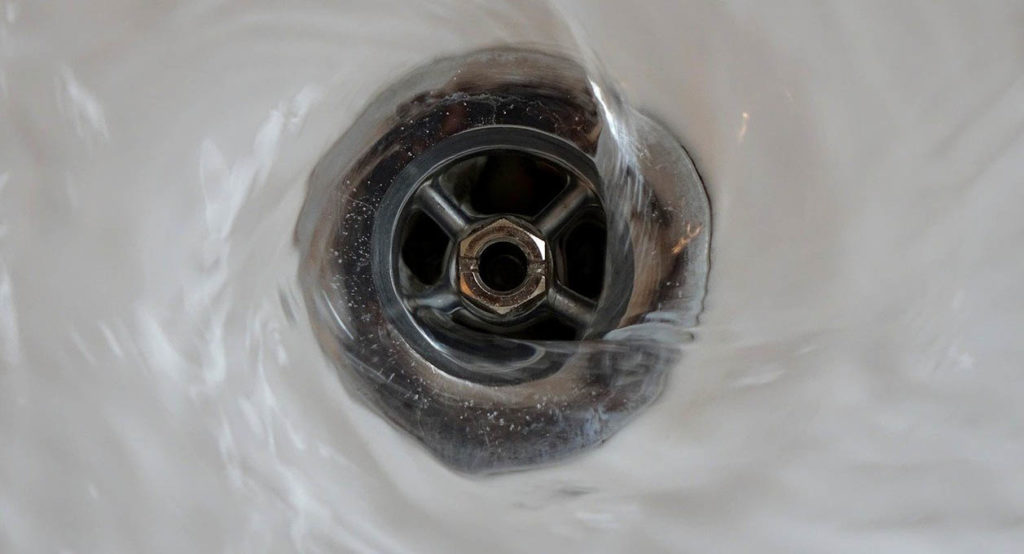While plumbing issues present the worse nightmare for all those who are faced with it, there are many things that you can do on your own to fix your plumbing issues. When standing water in your bathtub or sink becomes a nuisance, you need to keep in mind that they present a serious risk for your family. Read on as we discuss how to unclog your drains with standing water.
Standing water is sometimes quite pesky and it promotes the perfect environment for mould and mildew to grow quickly. So if you’re battling a standing water situation, you can easily perform the following steps to clear your drain and remove the dirty water from in it. But if you can’t clean your drain yourself, you can call a specialist drainage company.
• Remove The Water – Before you can successfully unclog your pipe and drain, you’ll need to do something about the standing water. This means that you can easily take a cup or a bucket and dip out as much water as you can from your tub or sink. Removing the water ensures that you don’t run into an accident and splash dirty murky water on your floors during the unclogging process.
• Clean Around The Drain – When attempting to unclog your drains, you’ll need to remove any debris and built-up materials that are clogging your drain. Drains can get clogged easily and pieces of soap, bunches of hair, globs of toothpaste, soap scum, and small objects such as toys and slip down and clog your pipes.
• Dissolving The Clog – Within the plumbing industry, there are tons of perfectly blended chemicals that can aid with dissolving your clogged drain. However, most of these present a serious problem. Most chemicals that have the power to unclog and dissolve substances tend to be very harmful to pets and children.

So if you’re concerned about those around you, it’s best to use a safer approach. Vinegar and baking soda are a great go-to for unclogging your drain. You’ll simply need to pour just about half of a cup of baking soda into your drain followed by a cup of vinegar. The mixture will need to settle for at least 15 minutes before you can proceed to the following step.
• Loosening The Clog – After the 15 minutes have passed, you’ll need to get some boiling water. You can do so with a pot or a kettle. When the water is ready, you’ll need to pour it down the drain to loosen the materials stuck inside the drain.
If your pipes are PVC, it’s advised that you use hot water in place of boiling water. Boiling water can easily loosen the pipes and cause further damages. After pouring the water, you’ll need to let it settle for another 15 minutes so that the clog can be completely loosened.
• Get The Plunger Ready – You’ll need to apply some petroleum jelly around the plungers lips. This helps the plunger stick better to your bathtubs drain or your sink. In the case of a clogged sink, don’t forget that you’ll need to cover the overflow before you can start plunging.
• Plunger – During the plunging stage, you’ll need to slowly press the plunger onto the drain of your clogged bathtub or sink. This ensures that a nice tight seal is created between the drain and the plunger. Next, you’ll need to pull the plungers handle up very quickly.
The sudden pull will ensure that enough pressure is created, and the clog is loosened enough to be dissolved. This step is usually carried out a couple of times to ensure that the clog is completely gone.
• Water Test – In order to test your work, you’ll need to run some water to make sure that the drain is properly cleared. If the water is running freely, you’ve just unclogged your bathtub or your sink successfully. If the water doesn’t run as freely as it did before your clog, it’s best to repeat these steps until you get the results that you desire.
Conclusion
As we conclude, we have just looked at how to unclog your drain with standing water. However, if you’re still experiencing difficulties with your plumbing, it might be best to call in the experts. Professional plumbers tend to have the right tools and techniques to get rid of even the hardest problems in no time.
It should be noted that if you’re experiencing even the smallest sign of a clog, it’s best to work on it right away. Clogs tend to have the capacity to easily make homes smelly, the cause floods, they cause backups in sinks or tubs and they are very expensive to fix. When you take care of your clogs beforehand, you help to increase the life of your pipes and you save money and time in the future.




